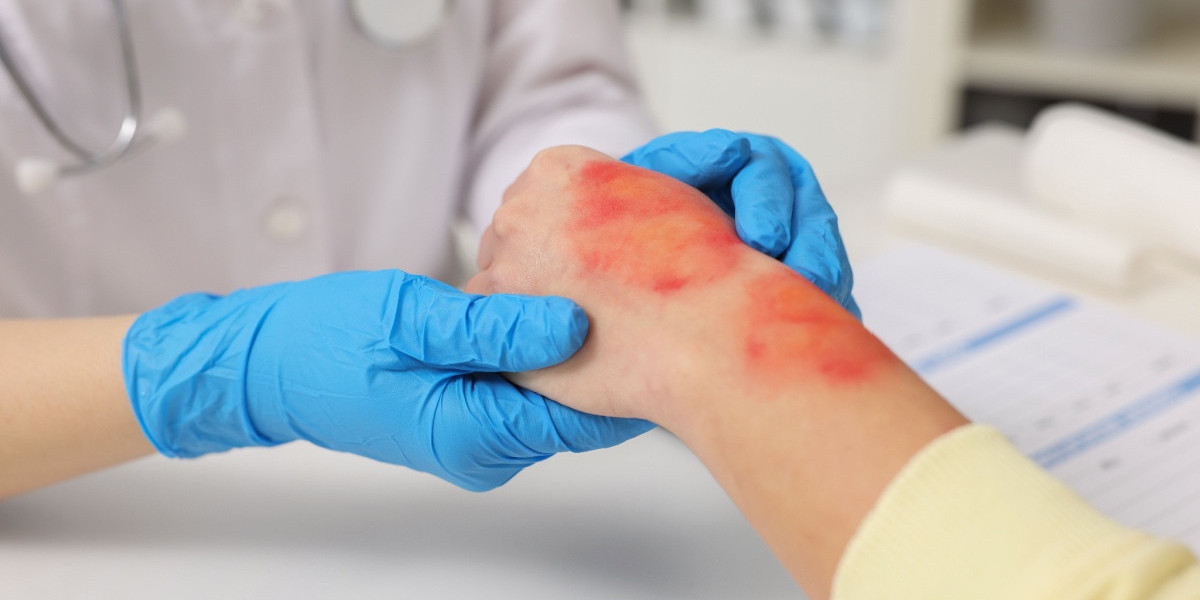Wound healing has always been one of medicine’s most delicate challenges. From burns and ulcers to surgical wounds and traumatic injuries, the skin’s ability to regenerate is vital to full recovery. But when natural healing stalls or skin loss is too severe, traditional treatments often fall short. That’s where skin substitute technology is making a major difference.
By combining biomedical science, regenerative therapy, and advanced materials, skin substitutes are helping clinicians close wounds faster, reduce complications, and improve long-term results for patients. This isn’t just a niche innovation—it’s a shift in how wound care is approached worldwide.
What Is a Skin Substitute?
A skin substitute is a material—natural, synthetic, or a combination—designed to mimic the structure and function of human skin. These substitutes serve as temporary or permanent coverage for wounds that are slow to heal or too large to close on their own.
There are several types, including:
- Biological substitutes: Made from human or animal tissue, such as amniotic membrane or collagen-based scaffolds.
- Synthetic substitutes: Engineered materials that offer moisture control and microbial protection.
- Bioengineered substitutes: Lab-grown skin with living cells, designed to replicate the behavior of natural skin.
Each type has its place, depending on the wound type, severity, and patient needs.
Why Traditional Wound Care Has Limits
Conventional treatments like dressings, creams, and grafts often help with minor wounds. But they can struggle with deeper tissue damage, chronic conditions like diabetes, or severe burns. In many of these cases, the body’s healing response is impaired or overwhelmed.
In such situations, wounds may stay open for weeks or months, risking infection, scarring, and even amputation. That’s why skin substitutes are so valuable—they actively assist in tissue regeneration, not just protection.
How Skin Substitute Technology Works
Modern skin substitute don’t just cover the wound. They interact with the body at the cellular level. Here’s how they help:
1. Act as a Protective Barrier
They shield the wound from bacteria, debris, and dehydration, maintaining a stable healing environment.
2. Promote Cell Growth
Many substitutes release growth factors or provide a matrix where skin cells can migrate and proliferate.
3. Support Vascularization
Some skin substitutes encourage the formation of new blood vessels, essential for delivering nutrients and oxygen to the healing site.
4. Reduce Scarring
By regulating inflammation and promoting organized tissue growth, skin substitutes often lead to smoother, more functional skin regeneration.
Use Cases Across Healthcare
Skin substitute technology is now widely used in:
- Burn units: For partial- and full-thickness burns
- Chronic wound clinics: Treating diabetic ulcers, venous ulcers, and pressure sores
- Surgical recovery: Post-surgical wounds that need extra support
- Trauma care: Managing skin loss from accidents or combat injuries
In each of these settings, using a skin substitute can mean the difference between a prolonged, painful recovery and a smooth, rapid healing process.
Key Benefits for Patients and Providers
The impact of skin substitutes goes beyond the surface:
- Faster healing times mean shorter hospital stays and reduced healthcare costs.
- Lower infection risk leads to fewer complications and antibiotics.
- Improved cosmetic outcomes enhance confidence and emotional recovery.
- Minimized need for skin grafts can avoid painful donor site surgeries.
For healthcare providers, these benefits also translate into better outcomes, improved patient satisfaction, and streamlined care protocols.
The Tech Behind the Breakthrough
Thanks to advances in biotechnology, skin substitutes are becoming smarter, more adaptable, and more effective. Today’s developments include:
- 3D-printed skin scaffolds that can be custom-fitted to wounds.
- Cell-seeded matrices that use the patient’s own cells to reduce rejection.
- Smart materials that release antimicrobials or change structure based on the wound environment.
These innovations push beyond passive healing. They enable active, responsive treatment that evolves with each patient’s needs.
What’s Next for Skin Substitutes?
The field is growing fast. Researchers are developing next-gen substitutes that fully integrate into the skin, restoring not just appearance but also function, like sensation and sweat gland activity. We’re also seeing progress in combining skin substitutes with stem cell therapy, gene editing, and artificial intelligence to personalize wound care at a whole new level.
Conclusion: A Smarter Way to Heal
Skin substitute technology is redefining what’s possible in wound healing. By supporting the body’s natural repair process and reducing the risks that come with slow recovery, these tools are giving doctors more options—and patients more hope.
Whether treating chronic wounds, severe burns, or surgical complications, a skin substitute offers more than just coverage. It offers a path to faster, safer, and more complete healing. In a world where every day of recovery matters, that’s a game-changer.



